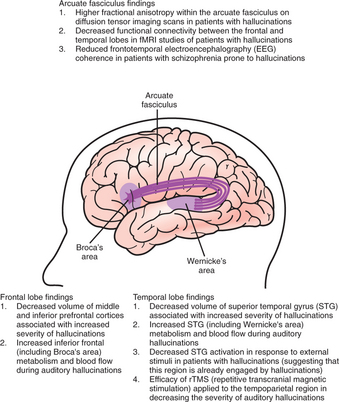

Aripiprazole (Abilify Maintena, Aristada): Dosing every 4 weeks.Haloperidol Econate (Haldol Deconate): Dosing every 4 weeks.Fluphenazine (Polixin): Dosing every 2 weeks.Use of LAIs can reduce the pill burden of patients. LAIs are appropriate for patients who have poor compliance to their antipsychotics and/or prefer less frequent administration of medications. However, there are some available to be administered less frequently, such as every 3 months or every 6 months. Most LAIs are once-monthly injections administered intramuscularly. In addition to oral formulations, some of the above medications are also available in long-acting acting injectables (LAIs). Second-generation antipsychotics (atypical antipsychotics)

Second-generation antipsychotics are preferred over first-generation antipsychotics because of a better tolerability and adverse effect profile.įirst-generation antipsychotics (typical antipsychotics) 7 This class of medications help reduce hallucinations, delusions, and paranoia.Īdditionally, antipsychotics help with mood changes associated with schizoaffective disorder. The mainstay of treatment for schizophrenia and schizoaffective disorder includes antipsychotics. 5ĭisorder etiology for schizophrenia and schizoaffective disorder is not well understood however, genetics, brain chemistry/structure (imbalance in neurotransmitters), stressful life events/trauma, and illicit drug use may contribute to the development of schizophrenia/schizoaffective disorder. Many patients with schizoaffective disorder may be incorrectly diagnosed with bipolar disorder or schizophrenia. Similar to schizophrenia, men develop the illness at an earlier age compared to women.

Schizoaffective disorder is relatively rare (lifetime prevalence 0.3%). During the manic phase, patients experience high energy, grandiosity (exaggerated self-importance, knowledge, and ability), racing thoughts, increased risky behavior, pressured speech, and no to little sleep while still feeling rested. Patients with bipolar type experience both manic and depressive episodes, whereas patients with depressive type only experience depression but not mania.
Depressive type schizoaffective disorder. There are 2 types of schizoaffective disorder: 5,6 It is a combination of schizophrenia symptoms and mood symptoms. Similar to schizophrenia, schizoaffective disorder is a chronic disabling mental disorder. The symptoms tend to appear sooner in male than in female patients. Patients are typically diagnosed from adolescence to their early thirties. Low level of functioning in work, interpersonal relationships, and self-care. Patients with schizophrenia may experience communication problems, having trouble putting meaningful words together. Therefore, schizophrenia can lead to patients being unsuccessful in maintaining full-time employment and having problems in their interpersonal relationships and social life. Patients with schizophrenia may lack the ability to functional normally in society, with poor hygiene and self-care common. Alogia (poverty of speech/decrease in verbal expression). Avolition (lack of motivation or ability to accomplish purposeful tasks). Anhedonia (inability to feel or express pleasure). Disorganized speech (e.g., frequent derailment or incoherence). Hallucinations (visual, auditory, tactile). Typically, the negative symptoms and cognitive impairment appear years before the positive symptoms and account for a large portion of long-term disability and poor functional outcomes. Symptoms of schizophrenia include positive symptoms, which are the presence of certain features, and negative symptoms, which are absence of normal behaviors and functions, such as decreased speech and/or cognitive impairment. The concomitant medical conditions are higher in this patient population and are typically undertreated, contributing to the higher mortality rate. Comorbidities such as diabetes, liver disease, and cardiovascular disease are possible contributors to premature death. Patients with schizophrenia have higher morbidity and mortality than the general population. 1 Schizophrenia affects approximately 24 million people worldwide-or 1 in every 300 individuals. It is a chronic mental disorder in which the affected individuals have a disruption in thought process, perceptions, emotions, and social interactions. Schizophrenia is one of the top 15 causes of disability worldwide.







 0 kommentar(er)
0 kommentar(er)
